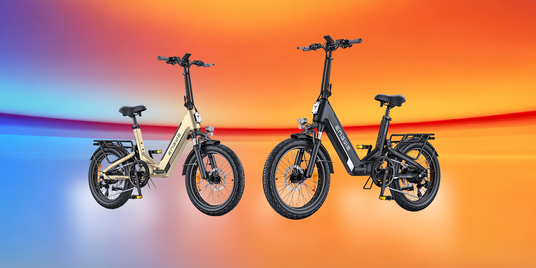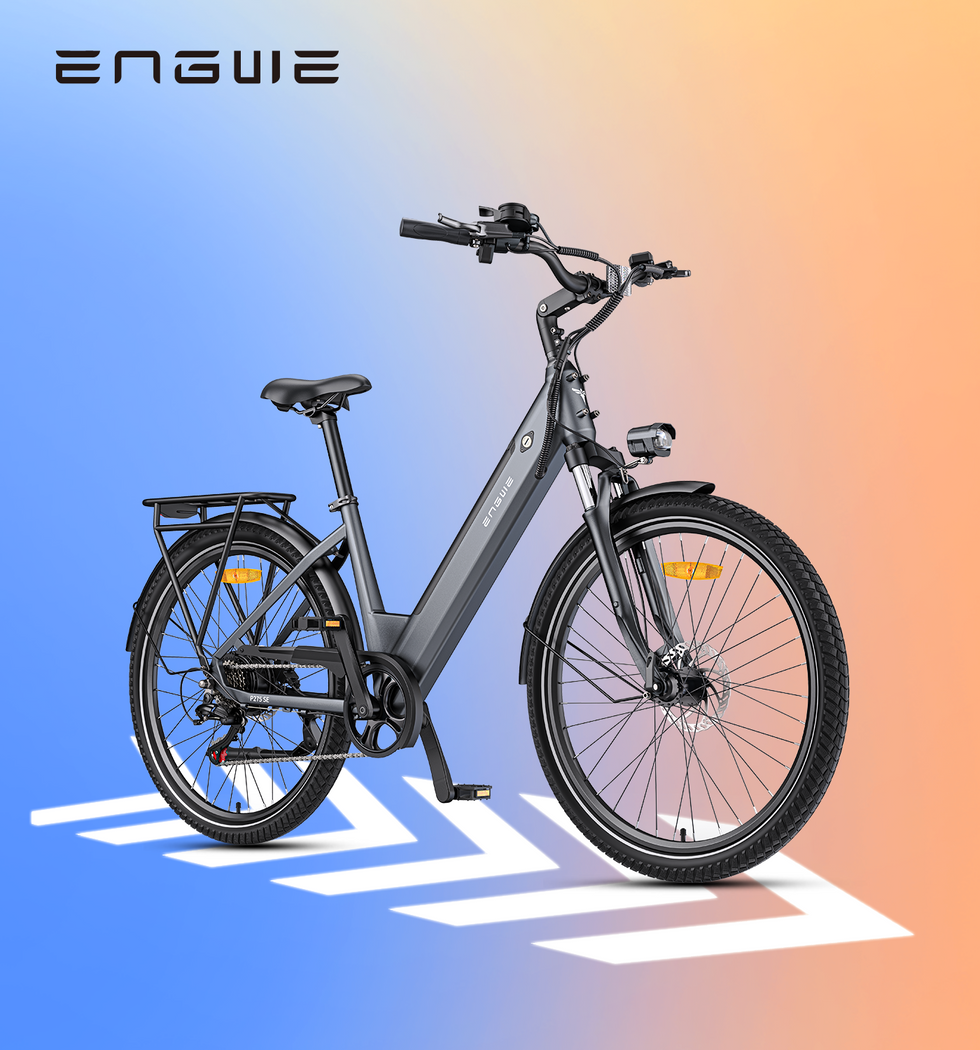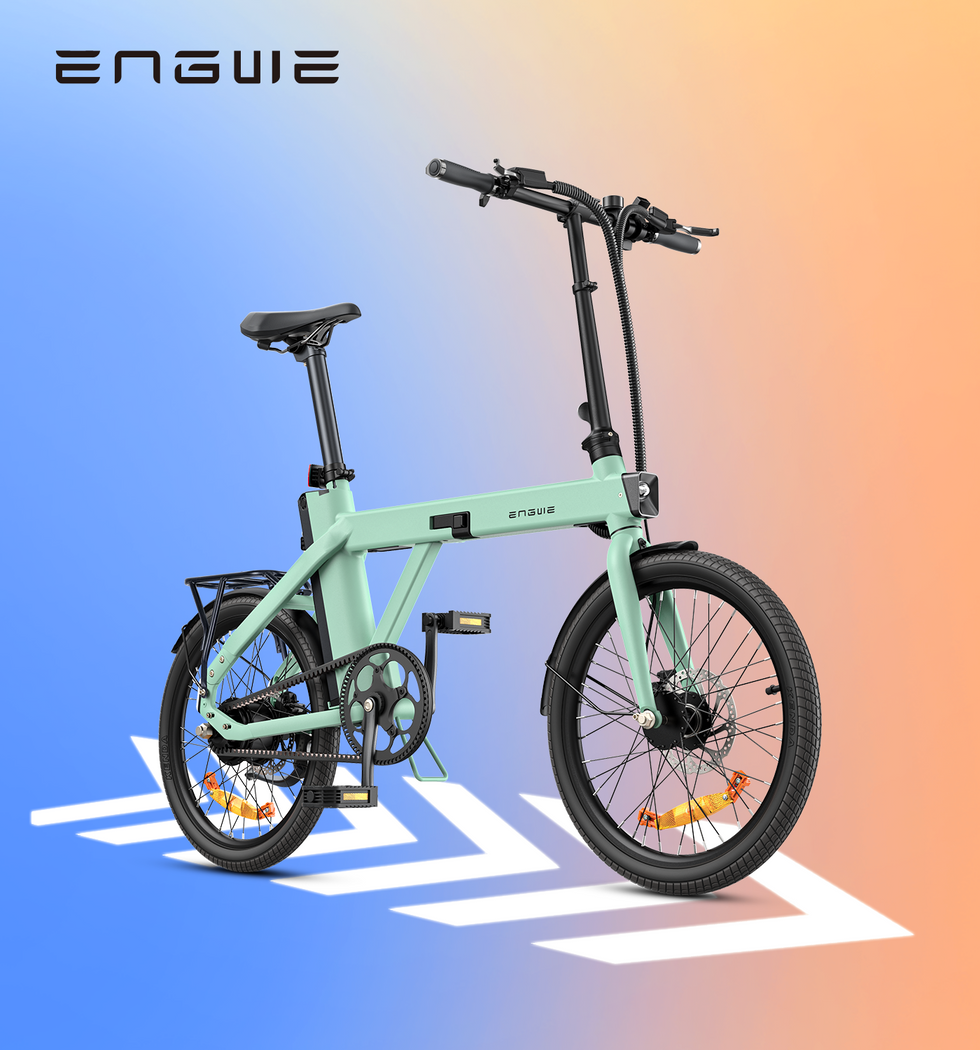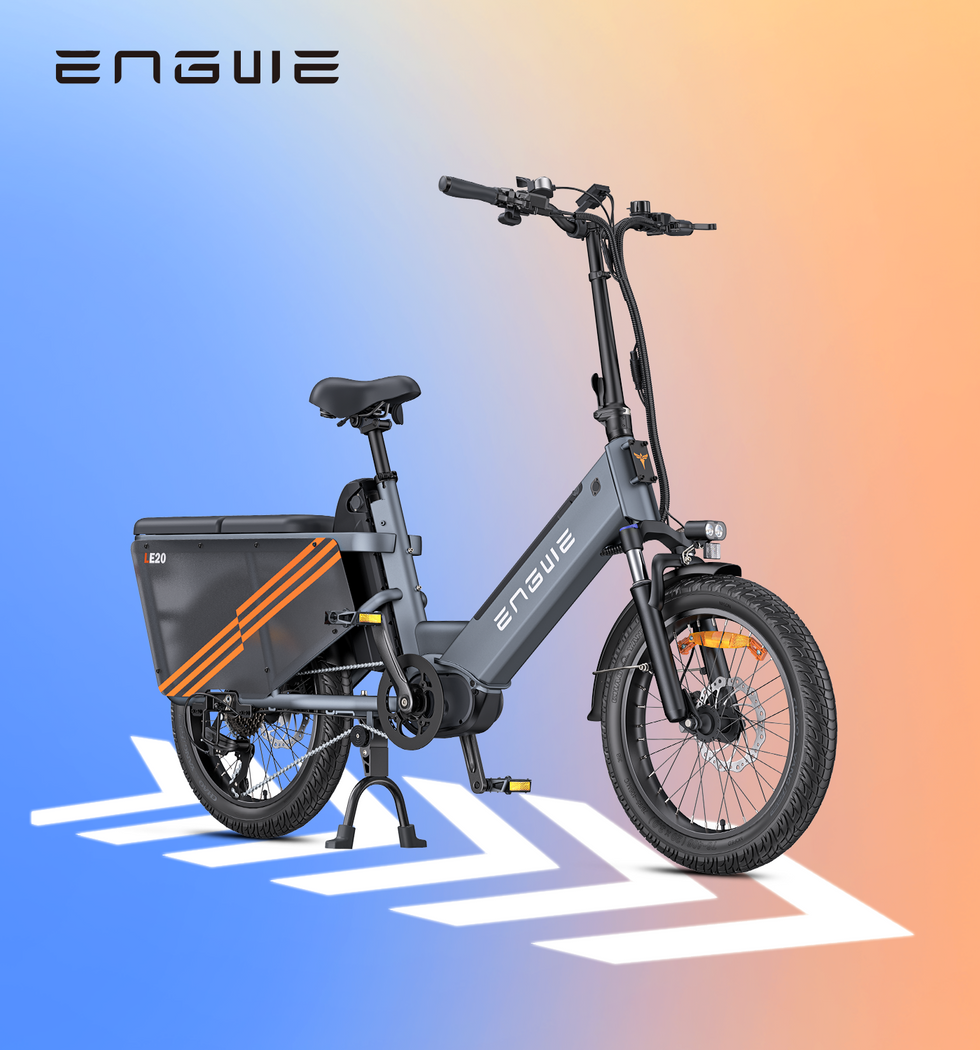The quest for electric cargo bike reviews often doesn’t start with desire, but with necessity. The school run needing to be streamlined, the weekly shop conducted without a car, a local delivery business born or an amount of kit so large that it overwhelms a pannier rack. An electric cargo bike is not simply a bicycle with a bigger basket, it’s a potential lifestyle revolution, a car replacement that waits in the wings, a second car option that runs on cents, not pounds. But the choices can feel overwhelming. This guide sifts through the noise, and narrows the focus to what you, the rider, really need to know, to consider, to look for in your search for the ideal machine to make your daily commutes a little more glorious.
First Things First: What is Your Cargo?
Before talking specs and models, the most important thing to think about is how you plan to use your bike. Are you a parent with two small children to get to school? Your priorities will be safety, stability and how easy it is to get children in and out. Low gravity and sturdy passenger accessories are essential. Maybe you’re a plumber or small business owner. In this instance, carrying capacity, a versatile loading platform, and bullet-proof dependability are all that matter. For the lean, mean weekly grocery getter or the dirt-flinging weekend adventurer, a blend of carrying capacity and nimble handling could be the sweet spot. Visualise your most common journey. Is it hilly? Are the roads smooth or riddled with potholes? How much do you actually have to carry? Once you have answered these questions, you’ll be able to reduce your potential selection of dozens of companies to just a few that are ideal for you.
The Huge Divide: A Longtail vs Box Bike Primer
Loosely speaking, there are two families of electric cargo bikes: the ‘longtail’ and the ‘box bike’ – the Bakfiets. At first glance, a longtail resembles a regular bike but the rear end of the frame and the rack have both been extended out. More or less, it’s the estate car of cycling. It’s less bulky, more nimble, and rides more like a conventional bicycle. They’re great for toting one or two kids in dedicated seats, or for strapping down oversize boxes and bags. They're also more manageable to store, having the same width as a standard bike. The box bike is the transit van, meanwhile, of the family bike world. It has a big box, usually fixed at the front part of the bike, in between the handlebars and the front wheel. This design provides a massive, compartmentalized carrying capacity, whether bringing home groceries, a business delivery, or even the family dog. The low profile means they are far more stable than anything else when loaded, they are much heavier, a lot wider and a touch more of a handful to manoeuvre, especially in tight spots. Your decision on which of these two styles you take up will be the most consequential decision by far, and ought to be directed solely by the mission you established in the first step.

Unscrambling the Tech: The Features That Actually Matter
Finally, once you know what style you’re looking for, it’s time to consider the elements that will shape your day-to-day experience. Forget all the marketing hype: Here's what matters. The brain of your ebike is the motor. A strong motor isn’t about speed — that is, it’s actually capped by law at a paltry 25km/h for assisted speed — but instead about torque. Torque, given in Newton-metres (Nm), is your hill-climbing, load-hauling muscle. When it comes to fully-loaded cargo bikes, you’re going to want 60-70 Nm or more of torque in order to climb modest inclines without having to break a sweat. Then comes the battery, your gas tank. Range is usually marketed based on ideal conditions (flat terrain, lowest level of assist, light rider). Be a realist and try to find a battery with a fairly high capacity, which is measured in Watt-hours (Wh). For heavy-duty users, a dual-battery option can be a game-changer, eliminating mileage anxiety completely. Last, consider safety and comfort. Hydraulic disc brakes are essential. When you're dealing with so much weight in motion, excellent stopping power in all weather is crucial. Carrying integrated lights, puncture-resistant tyres and a strong frame with a high payload capacity (you want in excess of 180kg) shouldn’t be a luxury; it’s just a sensible requirement for a safe and usable cargo machine.
Our #1 Pick For Unrivaled Versatility: The ENGWE LE20
And among these many alternatives one model always shines as a multitasking master of everything: the ENGWE LE20 Super Range Step Through Cargo e-bike – gigantic range, gigantic capacity, user-friendly design. It is more than just a bike, but rather a complete transportation solution built from real-world necessity. At the heart of the bike is a 75Nm rear hub motor, delivering the juice for powerful assistance to swiftly tackle heavy cargo and any hill. Where it really stands out is with its amazing range, with an available twin-battery option that can take this bike as far as a staggering 350 km on one charge. This is complemented by an advanced torque sensor that provides smooth and natural assistance by feeling just like an extension of your own pedalling power, so you can preserve the battery on those longer rides. It boasts a 200kg Payload Unique Box design with large space for family or business carrying. Safety is a must, and so are the powerful hydraulic disc brakes paired with 20x3.0" tyres which will deliver control & reliability you can trust. The thoughtful step-thru frame design allows all riders to easily get on the bike as well as put a foot down when riders are stopped; the low design also makes for a no lift – just simply step and go. The LE20 isn’t just a long list of impressive features, it’s a platform to customise and make your own.

| Feature | Specification |
|---|---|
| Motor Torque | 75Nm |
| Battery | Dual-battery option available |
| Max Range | Up to 350 km |
| Payload Capacity | 200kg |
| Brakes | Hydraulic disc brakes |
| Tyres | 20x3.0" |
| Sensor | Torque sensor |
| Frame | Step-thru design |
Living with Your New Ride: The Practical Reasoning
An electric cargo bike is more than a ride. First, consider storage. These are not small machines. Before you buy, measure up the shed, the garage, even the hallway. Will you have to make it around tight corners or hoist it over a step? Weight is a factor here. Second, security is paramount. A premium electric cargo bike is a heavy investment and an appealing target for thieves. Budget to buy at least one — and ideally two — top-quality locks (a D-lock and a heavy chain, for example) and make sure that you secure the frame to an immovable object. Finally, think about maintenance. The essentials would appear to be almost identical to a normal electric bike, though its hefty weight will wear through brake pads and tyres at a faster rate. Whether it's learning simple maintenance, or finding a good local bike shop that is not intimidated by these bigger bikes, keeping your investment running well for years can be achieved.

Frequently Asked Questions
1. How hard is it to pedal a loaded-up electric cargo bike?
At first, it does feel like a different kind of a bike, particularly a box bike. The trick here, perhaps, is to try it out in an empty car park, just to see what the bike feels like to ride, especially at low speeds and when turning. Electric assist is a big help, though. It cancels out its own weight when starting, so it’s not like you’re lugging around a heavy load to get moving. Most folks get used to it after a couple of rides and relish the added stability the long wheelbase brings to the table.
2. How far will I actually travel?
The range listed in the ad is always a best-case scenario. In the real world, hills, headwinds, the weight of what you’re carrying, the pressure of your tyres and how much you depend on the highest levels of assistance will all chip away at that theoretical maximum range. I'd roughly estimate around 60-70% of the max they say you can get. That is why having a big battery, or a dual battery system as with the ENGWE LE20, is so important. It gives you a massive safety net, so you can crank up the assist levels and not have to worry about running out of juice.
3. Can you ride an electric cargo bike in the UK without a licence or insurance?
Yes, but they must conform to 'EAPC' (Electrically Assisted Pedal Cycles) regulations. This means the motor needs to deliver a maximum continuous power output of 250 watts, and the electrical assistance needs to disengage as soon as the bike tops 25 km/h (15.5mph). You have to be pedalling for the motor to kick in. If a bike fulfils these requirements it is classified the same as a regular bicycle and you don't need a licence, tax or insurance to ride it on the road in the UK. All good manufacturers including ENGWE offer models that are UK legal.
4. Can I bring an electric cargo bike onto a bus, or on a train or subway?
This is very limiting and normally not possible. Because of their size and weight, electric cargo bikes are virtually always banned on trains (with the exception of a few very niche folding models, which are unusual), buses and the London Underground. You should think of your cargo bike as a point-to-point machine and set your expectations accordingly – i.e. as though you will be using it for the duration of the journey.
5. Single or dual battery: How do I choose?
It is purely a matter of how you like to use the bike. If you are taking a short daily route (about 20 miles / 30-40 km) and you can remember to charge your battery after two or three rides, then one battery may do the trick. But for a mere up-charge, boom: transformative freedom. It’s perfect for those with long commutes, using the bike for business deliveries, looking to conquer multi-day adventures, or who just want the peace of mind of only having to charge the bike once a week instead of every other day.
An electric cargo bike is a fantastic way of breaking that cycle, and your hunt for the perfect one is the first step of the journey towards an easier, greener, and much more enjoyable approach to getting your stuff done!



